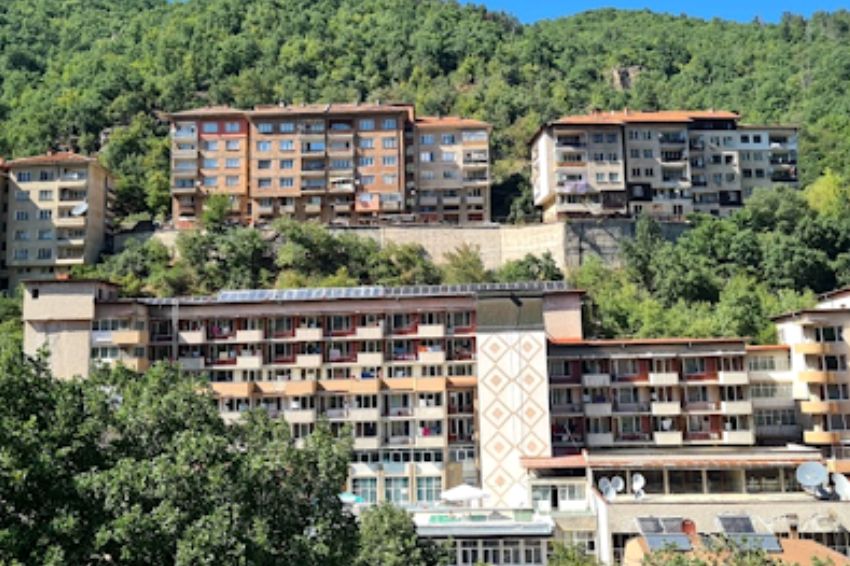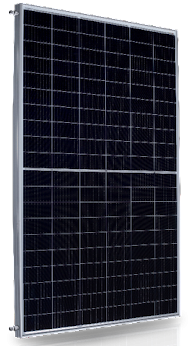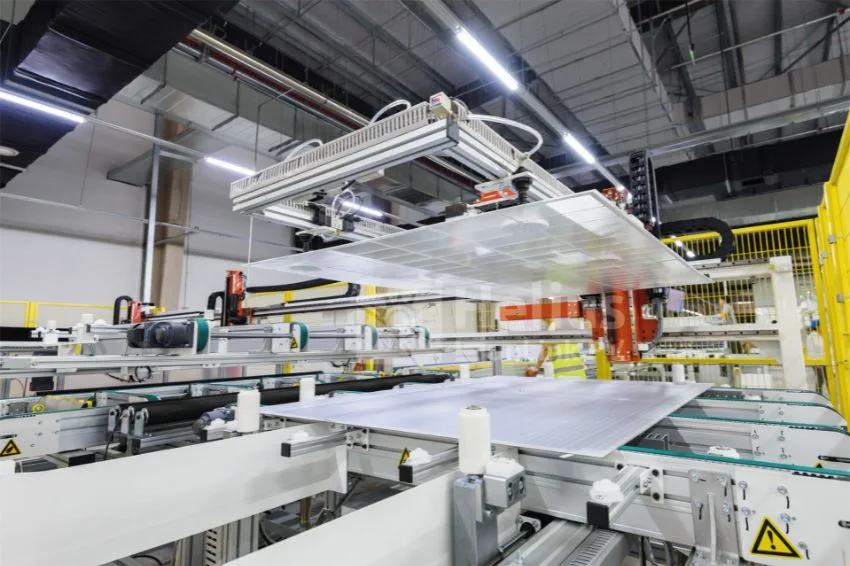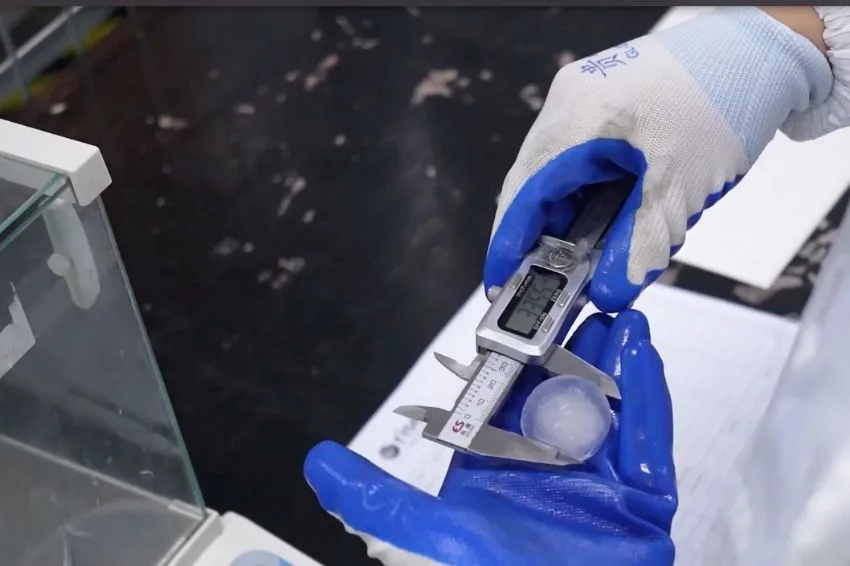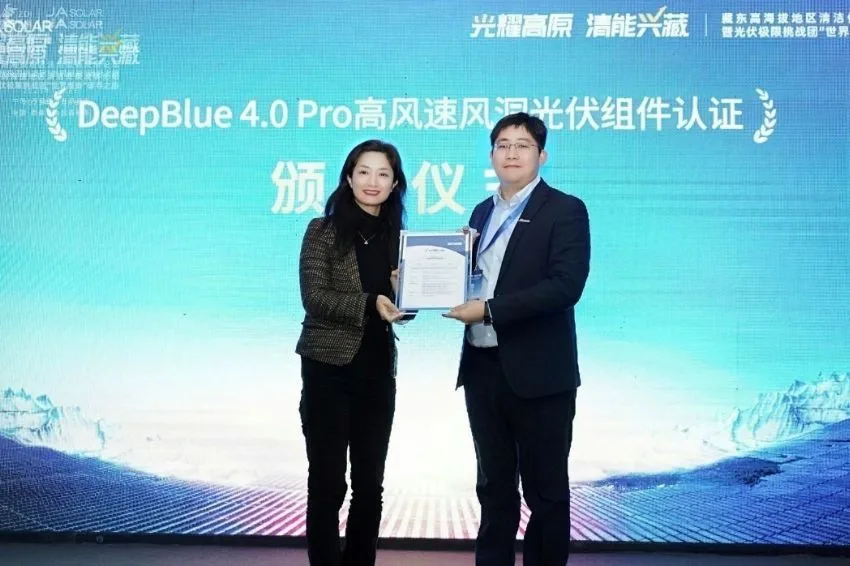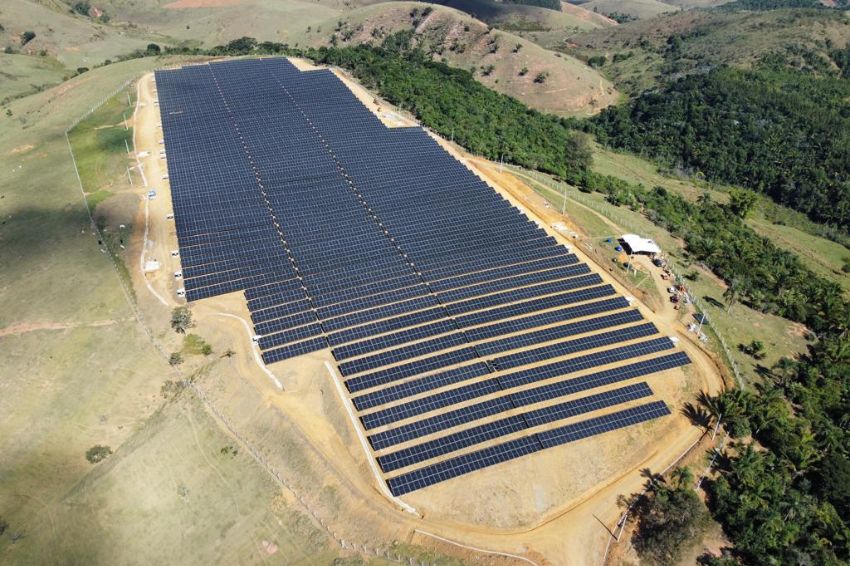The conflict between Russia and Ukraine, in which the Russian capital cut off electricity supplies to European nations, culminated in a global energy crisis.
Thus, due to Europe's rush to reduce its dependence on Russian gas as much as possible, solar is an alternative, mainly for residential and commercial projects.
In the European context, where thermal technology is essential, including for survival, the Neptune module presents itself as a solution, based on its efficiency in generating energy.
The PVT Neptune is one of the latest releases from German Tier 1 module manufacturer AE Solar. With hybrid technology, the solution produces electrical and thermal energy from solar radiation.

Thermal energy is produced from the absorption of heat generated inside the panel. “This is better energy efficiency for hospitals, hotels, swimming pools, homes and any place that requires heating,” stated the manufacturer.
According to AE Solar, the solution can produce up to 10% more electrical output compared to standard PV module, as well as collecting heat losses for heating purposes.
Neptune modules in hospitals
In Narechen, Bulgaria, SBR Hospital, specializing in rehabilitation, received the installation of PVT Neptune photovoltaic modules. Each panel has 380 Wp of electrical power and 980 Wp of thermal power, with a payback of less than three years.

ESCO, a technology company focused on developing businesses related to the generation and rational and efficient use of water and energy resources, is responsible for the project.
ILKO Yotzev, CEO of ESCO and Water & Energy Savings, highlights the importance of the project for the beneficiaries, as with the solution there is no need to use Russian gas.
“The manager of the rehabilitation hospital, in tears, thanked me repeatedly saying: thank you Mr. Yotzev, you saved the hospital from bankruptcy”, reports the businessman.
About hybrid module technology
Hybrid thermal panels are a combination of photovoltaic and thermal technology. Thus, the typical module structure includes an insulation layer on top with the solar cells below them and below the panels.
The heat collector absorbs the remaining solar energy, which is not converted into electrical energy, and transmits this electricity to a hydronic coil where a heat transfer fluid is heated.


